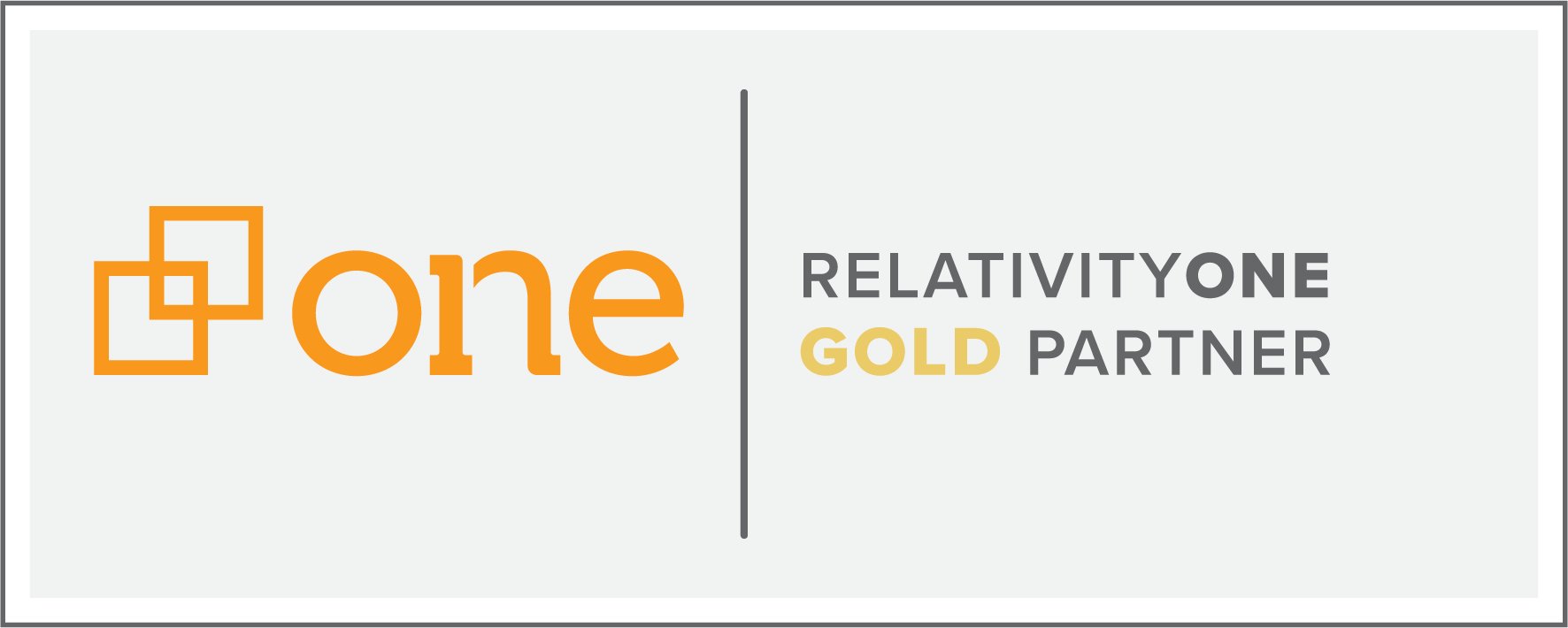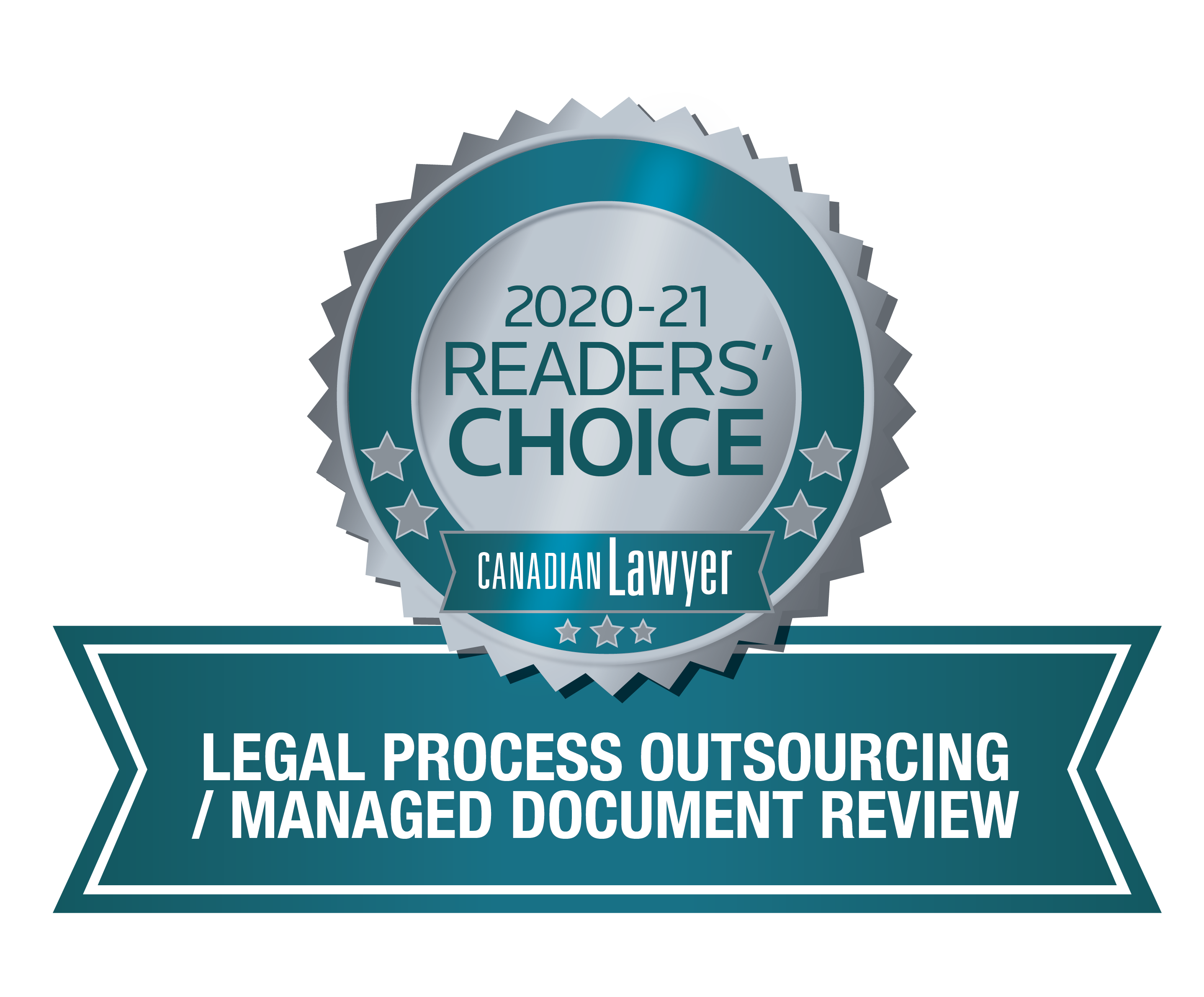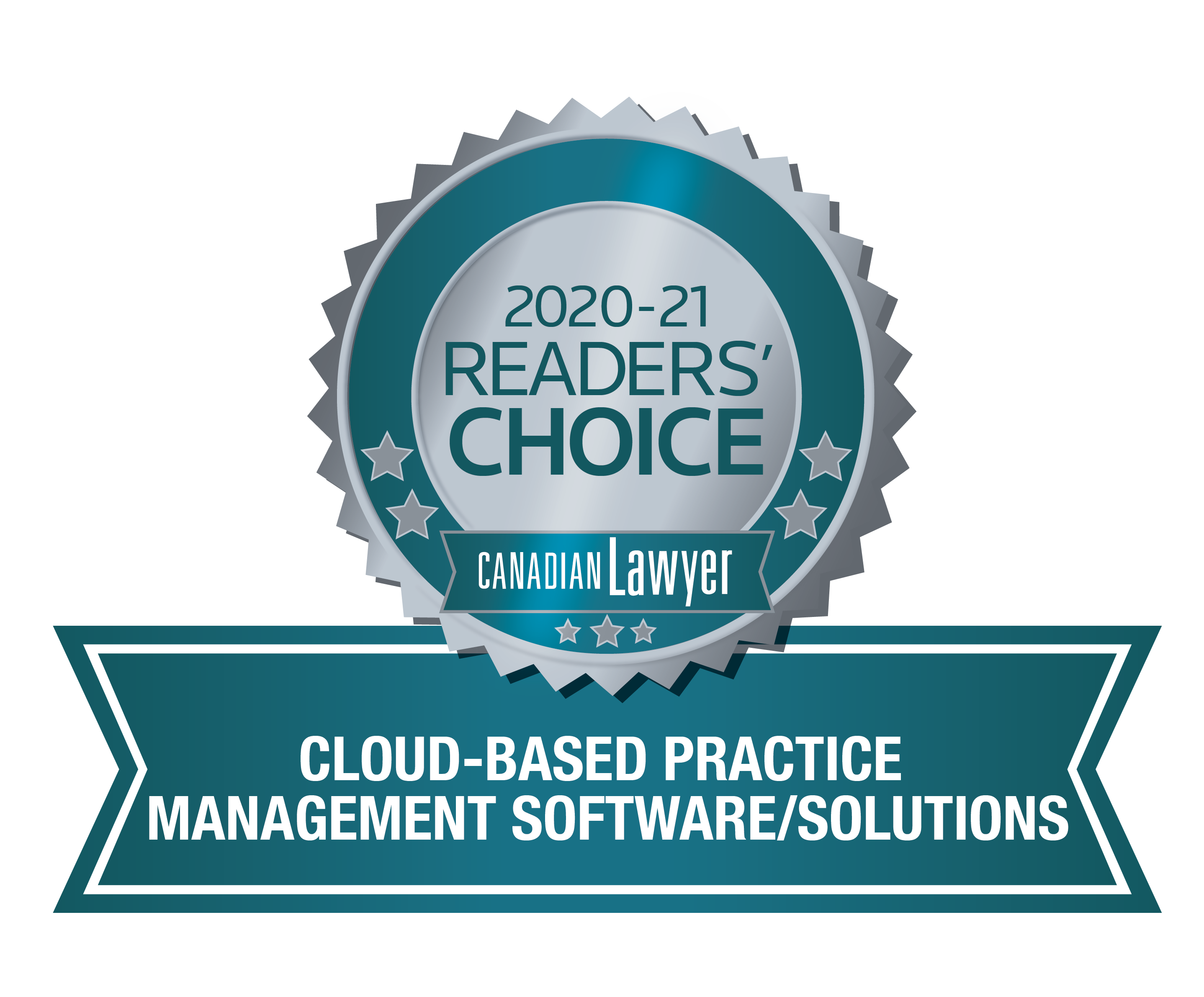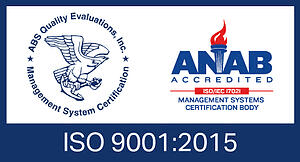
As a Relativity Master, I spend a lot of time working with customers to find the best solutions for their unique needs. Often, during our discussions, the topic of Active Learning (AL) comes up. But what exactly does ‘using AL’ entail? Over the past few years, I have heard a lot of assumptions about document review technology — particularly, what it can do and cannot do. Today I’m breaking down the top five assumptions about AL.
Before we get into the answers, here’s a little background: AL is a fairly new technology under the Technology-Assisted Review (TAR) umbrella. Since launching its own version of it in 2018, Relativity users have leveraged AL technology as part of the RelativityOne platform. For the purpose of this article, I will be referring specifically to Relativity’s AL technology.
Assumption #1: “Active Learning is an easy button.”
False. A lot of people initially believe that AL is superior to other TAR technologies and, by using it, they can achieve their desired results with little effort. Don’t get me wrong, I’ve seen the impressive capabilities of AL firsthand as my team and I routinely apply the technology to our projects here at Ricoh eDiscovery. However, just because you're using AL, it does not mean you will get a fully assessed document collection effortlessly with the click of a button. While AL does reduce the effort required to classify documents, there are still many things to consider and work to be performed before you can achieve its full results.
That being said, we strive to make using AL as easy as possible. Our internal workflows are developed by our team of Relativity Masters and Experts, Intelligent Review lawyers and other highly knowledgeable specialists. In fact, many of our internally developed workflows are so effective that they have been implemented by Relativity itself.
Assumption #2: “You can depend on Active Learning to identify privileged documents.”
False. AL identifies the 'most likely' relevant documents based on the content found in the text. Although privileged documents can be identified this way at times, there are far too many nuances to ‘legal privilege’ that are outside of the content AL analyzes.
Instead, our team recommends the appropriate tools and workflows within RelativityOne in order to streamline the identification of privileged documents where AL cannot. This can be vital to many of our customers as the privilege identification component of the review is arguably more important than the relevant document identification. After all, producing a privileged document to opposing counsel can be far more damaging than releasing an irrelevant, non-privileged document.
Assumption #3: “Active Learning will classify all document types.”
Partly true. All human-generated, text-rich documents (e.g., email, Word, PDF, etc.) can be assessed using the AL 'coverage queue' method. With this method, AL uses human input to classify documents into 'likely relevant’ and ‘not relevant’ groups based on a ranking system from 1-100 (one being the least likely relevant and 100 being the most likely relevant). Unlike with the older TAR technology, AL assigns a rank to all the documents you add to your review project, including documents that are not 'assessable' by AL. As a result, the AL project may produce a large concentration of ‘middle rank’ documents — specifically rank 50 — which suggests the classification model is unsure of the relevance of these documents.

To combat this issue, we suggest excluding documents that would typically stay in this ‘unknown’ middle-rank range. Leaving these documents in the AL project can produce unreliable validation metrics. Our team uses a series of filters to exclude most of these documents so that the AL classification occurs as expected. If you find yourself in a situation where you have a high number of documents that fall in this middle rank, our team is highly experienced and available to assist in the assessment of these files so you can complete your AL project with confidence.

Assumption #4: “You should only use Active Learning for large volumes of documents.”
True and false. Some AL workflows will not be a viable and cost-effective solution if you are working with small volumes of data. However, leveraging AL is more than a means of classifying documents. There are still some review efficiencies that AL can provide other than the ranking of documents.
If you find yourself working with a smaller document set, you may be able to use what is called the ‘prioritized queue’ method — where the team reviews documents that the AL system provides or ‘serves up’ as it continuously tests its understanding of relevant — as an alternative. This method can provide significant review efficiencies by reducing the amount of required eyes-on review, even on small sets.
At Ricoh, we utilize the appropriate analytics tools to improve the efficiency of your review in a defensible manner. In addition, RelativityOne provides many tools to overcome any volume of data. When in doubt, we can recommend which is the best for your project.
Assumption#5: “You need your document collection completed to start your Active Learning project.”
True, to a certain degree. While we do not require the entire collection at the beginning, it is essential to have a clear understanding at the onset of how many further tranches are to be expected. I always recommended that all document collections are complete before you start your AL project. However, while not ideal, final AL validation steps can be delayed until all tranches have been included in the AL review project. Not only will this ensure a more seamless review, but it will alleviate the problem of having to review multiple validation samples.
---
Hopefully, the answers to these assumptions provide you with clarity on the capabilities of Active Learning. Still have questions? Let us know! Our team is available to answer any of your eDiscovery-related queries. Contact us here.
You may also be interested in...

Historically, legal outsourcing has brought some skepticism. Our Director of Legal and Compliance Solutions is sharing why these common myths are untrue when you work with Ricoh eDiscovery.

Learn how our newest application provides RelativityOne by Ricoh users insights into their case sizes, status, configured users and trends within their workspaces — all from one convenient dashboard.








